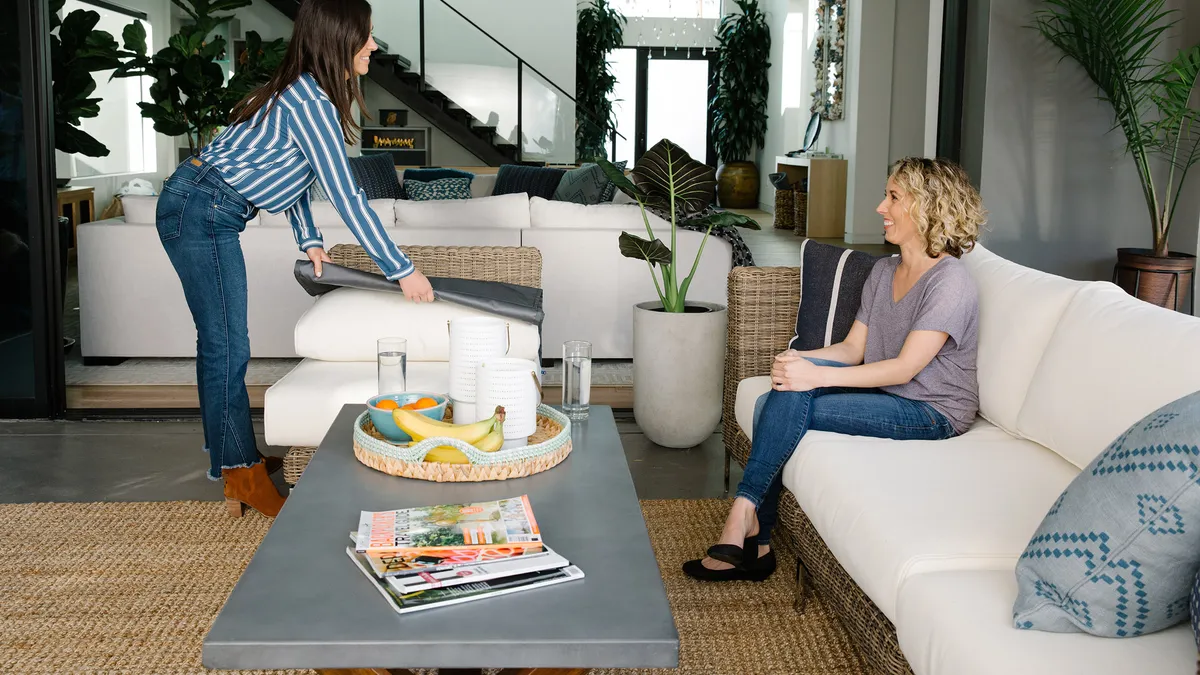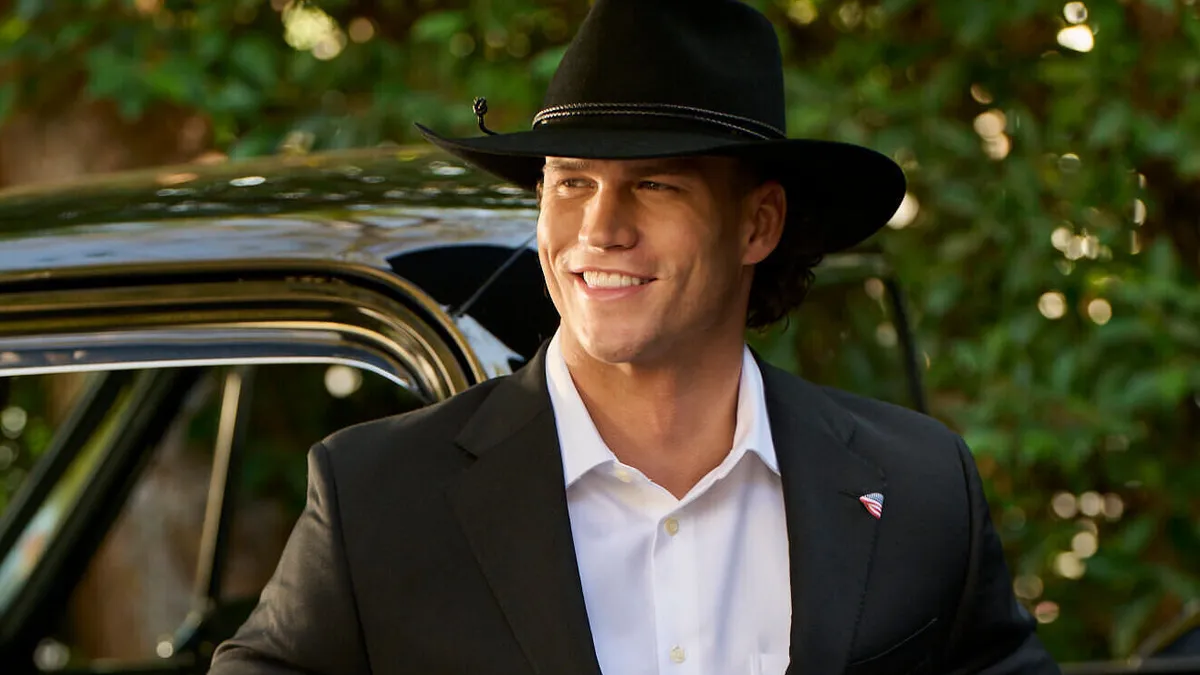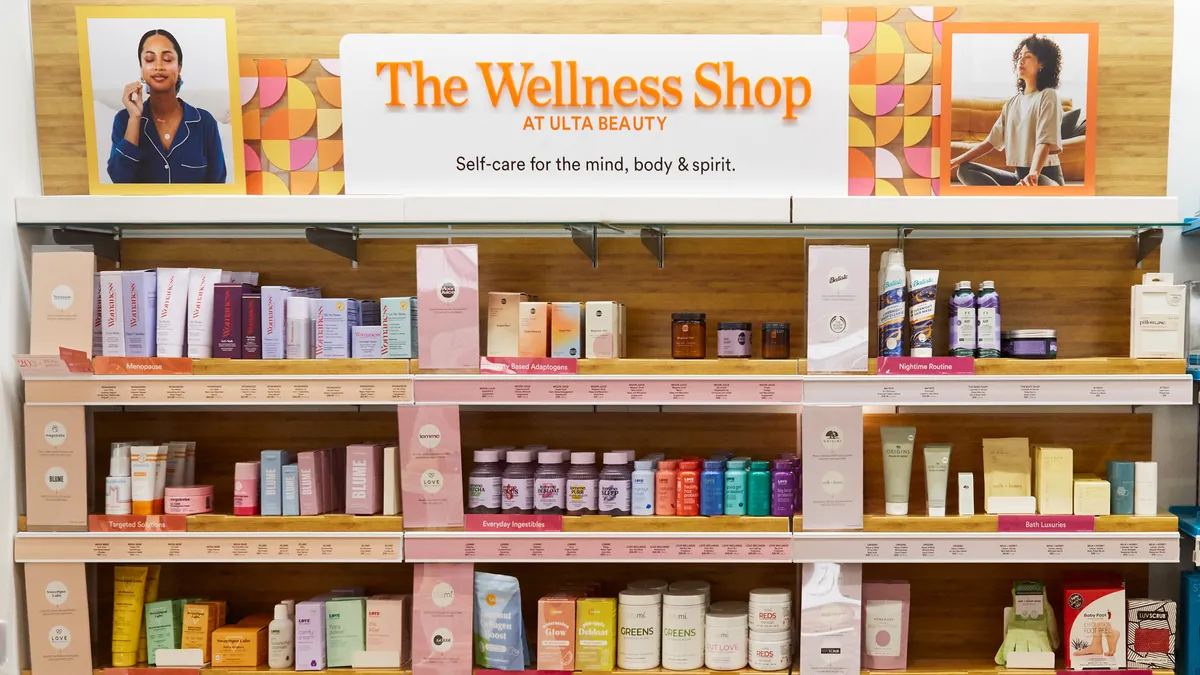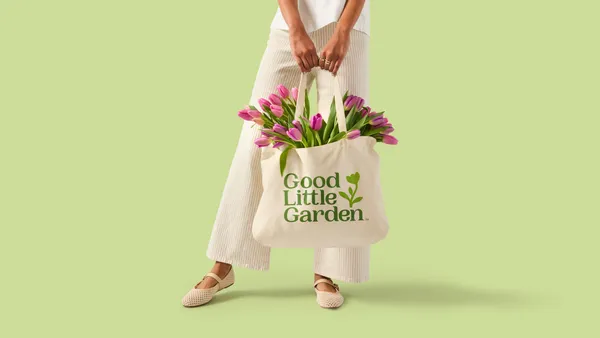Direct-to-consumer (DTC) companies, by definition, cut out the middleman and find fresh ways of selling products in an industry. Often these disruptors start by operating exclusively online. And for a while, it works.
But "imitation is the greatest form of flattery," Ray Hartjen, marketing director at RetailNext, told Retail Dive in an interview. "There's increased competition going after the same customers and online that can get prohibitively expensive — the cost of acquiring new customers and winning search."
Eventually, these digital natives must venture into brick and mortar, at least in some capacity. "Many times you'll have direct-to-consumer brands simply look at rent as search," Hartjen said. For companies that operate exclusively online, remaining at the top of search and top of mind becomes increasingly difficult, especially for brands in the furniture space, an infrequent purchase category.
These companies use brick-and-mortar locations as a "physical webpage for their business" that gives the brand an opportunity to put themselves in front of new sets of customers in various markets.
DTC mattress company Casper, which was founded in 2014, announced a year ago it would open 200 stores across North America. Warby Parker, which some consider the original disruptor, now has more than 100 locations across North America. For some companies, temporary pop-up shops are the best option as a way to roll out a new product line or dip their toes into the brick-and-mortar waters.
For others, however, permanent locations or pop-ups aren't feasible options. Those companies must look to alternatives.
Why do companies explore alternatives?
Stephen Kuhl, co-founder and CEO of furniture company Burrow, knew that while physical stores were necessary, they were also costly. "To be fully honest, we didn't have enough money to open up stores," he told Retail Dive in an interview.
Instead, the company used creative ways to help customers to find its products through partnerships with coworking spaces, coffee shops and other retail spaces.
"What was different about sofas, versus eyeglasses or razors, is that you can put a sofa in a public place, and it's not weird," Kuhl said.
Many coffee shops have also normalized this trend by displaying art by local artists and giving customers the opportunity to purchase them. Kuhl said that while Burrow has since ended its partnerships with coffee shops after it discovered muffin crumbs between the couch cushions didn't make for a good customer experience, it's still forming others.
Burrow has collaborated with retailers like Lululemon, Bailey 44 and The Groomsman Suit to give customers the chance to see its products before deciding whether they want to order.
These kind of partnerships are a "win-win," Kuhl said. Potential customers can see the product before committing to purchasing and the retail stores get increased foot traffic.
Burrow isn't alone in exploring alternative methods to traditional furniture showrooming.
Several established digital-first companies have formed retail partnerships over the years. Rent the Runway and Nordstrom teamed up in June to allow customers to drop off rented items for return at four Los Angeles locations. West Elm and Floyd, a Detroit-based direct-to-consumer furniture company, in June announced an expanded partnership, which entails creating shop-in-shop experiences. And before Casper made its big push into brick and mortar, it partnered with Target and is still present in more than 1,000 locations nationwide.
Fernish, a DTC furniture brand built around a subscription-based model, in April made its first foray into brick and mortar by forming a partnership with real estate developer Alliance Residential to create showrooms.
Fueled by greater acceptance of the sharing economy
From ride-hailing services to overnight rentals, the sharing economy has entered nearly every aspect of life.
And while most people likely aren't calling an Uber or Lyft in order to get an in-person look at the model of the car, it's a prime example of people's willingness and acceptance to invite others into their personal spaces.
Outer, whose core product is outdoor furniture, went one step further by inviting existing customers to serve as "hosts" and show the product to potential customers. Having the ability to see and test the product in real life is crucial and part of the customer's path to purchase, according to Outer co-founder and Chief Design Officer Terry Lin.
The customer may discover the product on Instagram, which then leads them to the company's website. However, furniture is a product that is part of someone's everyday life, Lin said. Before hitting the purchase button online, potential customers likely want to see and test it in person. Interested customers can sign up online to view what the product looks like in a real home, in what Lin considers an Airbnb-like experience.
"We're just leveraging what already exists," Lin told Retail Dive in an interview.
Lin pointed out that because yards often have a side entrance, hosts wouldn't have to worry about taking strangers through their actual houses. And similar to serving as an Airbnb host or a driver for a ride-sharing company, Outer hosts get paid, although Lin said that's not the primary reason people decide to sign up. The hosts find that the product and brand really resonate with them, and like early adopters of other products, they want to share it with others. "All the people that are interested in becoming hosts, really live by [our company] values," Lin said.
The hosts get paid a flat rate, and aren't incentivized by commission. Hosts also aren't given a script of what to say. Instead, Outer encourages customers to speak openly and naturally with potential customers about the product.
Lin said Outer wants to "put customers in front of other customers. So rather than reading something, we really wanted our customers to talk to other customers, so that they can ask specific questions."
"If it needs to be cleaned, how do you know it's easy to clean? It's never seen a sprinkler or rain shower."

Terry Lin
Co-founder and Chief Design Officer of Outer
These kind of meetings are typically one-on-one to help make the guests feel more comfortable raising any concerns they may have. However, for the potential customers who prefer a less intimate setting but still want to view the product before purchasing, Outer also hosts "Open Houses." Guests at these events can peruse items on their own terms. In areas where there aren't any host showrooms, customers can go online and view "digital showrooms," which show what the pieces look like in various settings.
Lin found that there was a big turn out events and it led to a flow of applicants wanting to be hosts.
"Everything about the alternative experience has shown that there's been an appetite from the supply and demand side," Lin said.
But what Lin thinks could potentially be the biggest draw from these host showrooms is the fact that guests can truly see how the product weathers various conditions, everything from sun to rain to kids to snow. In most cases, the furniture seen in a traditional showroom has never been outside in order to preserve its perfect condition to please shoppers.
"It probably has never seen sunlight," Lin added. "And so the purpose for that is to see if the fabrics will fade. It's never seen bird poop. If it needs to be cleaned, how do you know it's easy to clean? It's never seen a sprinkler or rain shower."
Risk factors
There are risks to consider with an alternate showrooming approach. In the spaces Burrow partners with and at Outer's host showrooms, no brand employees are present.
"You're relinquishing control of your brand messaging," Hartjen said. "You try to guide somebody along and provide them the tools to help them, but at the end of the day, you're relying on somebody else, in some cases, that is rather loosely affiliated with your brand, to complete your brand messaging."
Burrow tries to mitigate the risk of inaccurate brand portrayal by having the companies it partners with go through extensive onboarding. For Outer, interested hosts go through a thorough screening process.
"The worst case scenario for Outer is that a customer shows up and a host either doesn't answer, doesn't care or maybe shows up and really doesn't show up dressed appropriately or is smoking a cigarette. That's just not a great experience," Lin said. People's homes also aren't commercial spaces. They're all unique and have their own quirks and imperfections.
Burrow has brought some of its showrooming in-house in a more traditional format. The brand has two independent locations, in New York and Chicago, with another on the way, according to Kuhl. "We would like to be in a lot of locations over time. It's just a lot of money," he said.
As for Outer, it has no immediate plans to open an independent store at this time but signaled that "we have the entire horizon, blue skies in front of us."





















